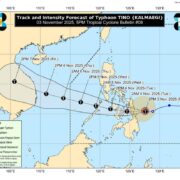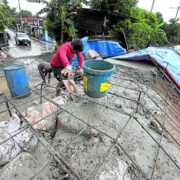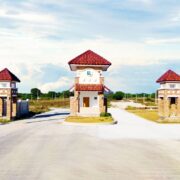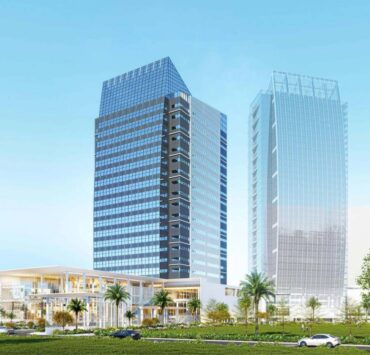Safe spaces, enabling cultures: Building inclusive work environments
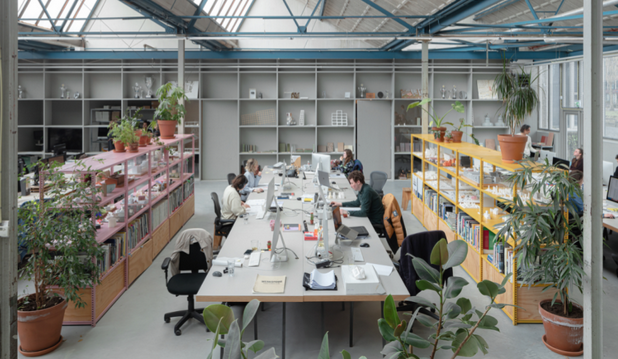
(First of two parts)
“Is this a safe space?” We probably have heard this phrase, especially in social circles or work settings. Or perhaps even used it ourselves when we questioned the predicament or place, and when we are asked to be vulnerable and honest.
This loaded retort has a deeper meaning, both literal and figurative, spatial and non-spatial. These five words carry an implicit critique, a call for understanding, and an expectation of safety and inclusivity.
What does “safe spaces” really mean in the context of modern workplaces, and why the need for responsive, inclusive, and well-designed work environments that cater to the diverse needs of today’s workforce?
Responsive workspaces
Responsive workspaces are not just functional environments, but ones intentionally designed to ensure that all individuals feel safe, valued, and supported.
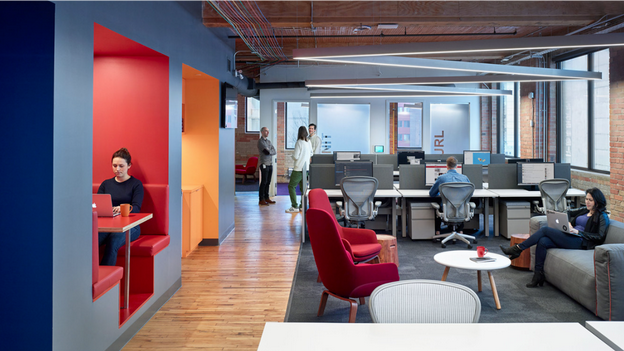
This concept goes beyond basic functionality to consider how a workplace can ensure physical and psychological security, meeting both visible and invisible needs. Safe and inclusive spaces must not only protect people from harm, but also create a setting where everyone feels at ease, is able to express themselves, and is free from prejudice or discomfort.
A responsive workspace also promotes inclusivity, ensuring that no one feels excluded and that every identity and background is respected and represented.
Physical, psychological safety
A safe workplace involves both physical safety—free from hazards—and psychological safety, where individuals feel free to voice ideas and concerns without fear of discrimination, ridicule, and or intimidation. An inclusive space means everyone, regardless of ability, background, or identity, can access and use the space effectively and comfortably.
Designing with this end in mind means addressing everything from ergonomic furniture and accessible entryways to enabling a culture that values inclusivity.
Inclusive design prioritizes the needs of a diverse workforce, especially those who have been historically disenfranchised. Individuals with physical disabilities or visual or hearing impairments, neurodiverse individuals, women, children, older adults, and others who may face unique challenges are all important alongside those we have been accustomed to designing for.

From tactile signage for visually impaired individuals to noise-controlled zones for those sensitive to sound, each feature of an inclusive space supports confidence and equal access.
Responsive spaces enable people to bring their A-game, encouraging productivity, collaboration, and trust within the workplace.
Key principles
Creating safe and inclusive workspaces relies on key principles that enhance both usability and comfort.
Accessibility is foundational, ensuring that spaces work for everyone, regardless of physical ability. This includes features like ramps, wide doorways, and adjustable workstations, making the environment welcoming and functional for all.
Ergonomics also plays a crucial role by supporting physical health and reducing strain. Providing adjustable desks and ergonomic chairs helps employees work comfortably, protecting them against injury and fostering a more satisfied, productive workforce.
Health and hygiene standards are essential, especially postpandemic. High cleanliness levels, along with good ventilation and hand sanitizers, help maintain a healthy workplace. These standards ensure a safer and healthier environments.
Environmental quality—air quality, lighting, and noise control—is likewise key. Good air and natural lighting enhance comfort and well-being, while soundproofing and quiet zones help employees focus.
Wayfinding and navigation further aid accessibility by ensuring that everyone can easily move through the workspace. Clear signage and intuitive layouts reduce stress and make navigating the office smooth for all employees.
Adaptability and flexibility are essential in evolving workspaces, allowing offices to adjust as needs change. Modular furniture and flexible spaces enable workplaces to accommodate diverse activities and requirements, promoting a more inclusive environment for all. (To be continued)
Richelle Rhea R. Baria is a dedicated mother of three and an architect. She is an Assistant Professor and is currently pursuing her PhD in Designed and Built Environment (DBE) at the University of the Philippines Diliman, where she also serves the Urban Design Studio Laboratory Coordinator. Her research and design interests encompass architectural and urban design, architectural and urban lighting, the creation of women’s spaces, and the development of resilient coastal cities.



